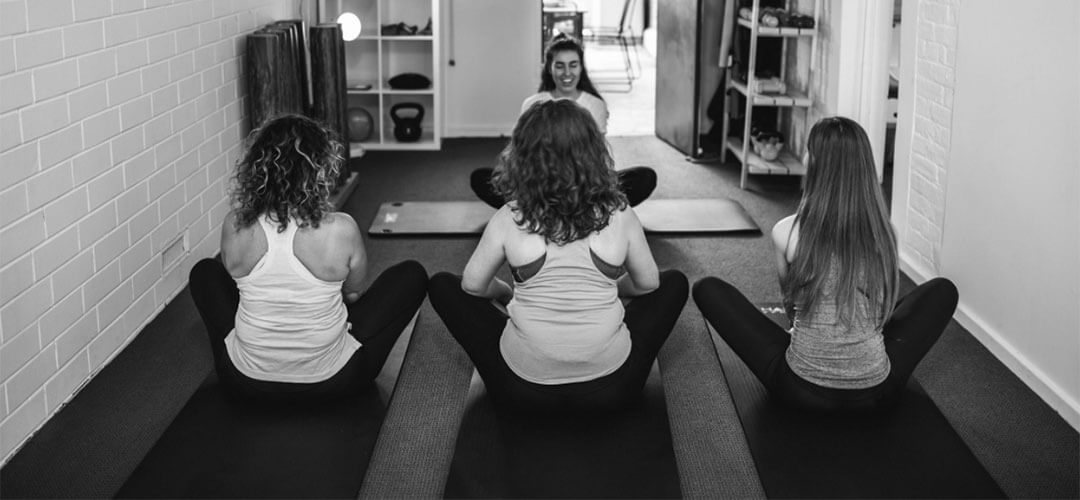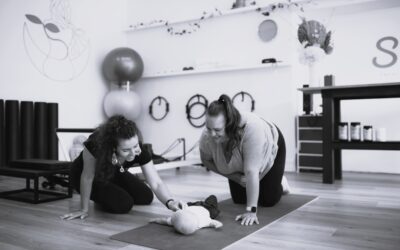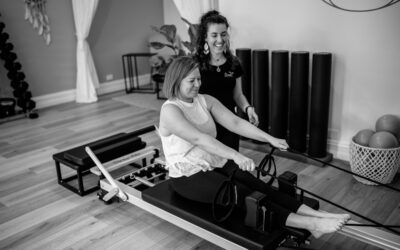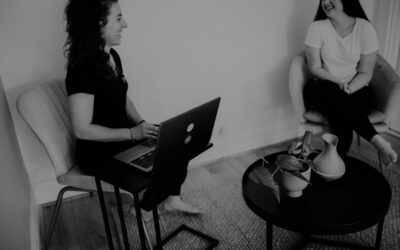Exercise has been shown to reduce the rate of mental illness and improve overall mental health and well-being. It decreases symptoms of depression, anxiety, stress, and increases overall feelings of well-being! Exercise decreases social isolation, improves sleep quality, increases engagement with treatment and service utilisation, reduces cravings and withdrawal in substance abuse patients, improves quality of life, and self-esteem.
Anxiety
Intermittent worry is a normal part of life for many women. Looking after children, getting everyone to school and work on time, meeting work deadlines, paying bills on time, answering emails and phone calls, running or managing businesses are just a few of the pressure situations we face! However, once these situations have been dealt with, the stress and low moods usually resolve. This is different for someone with anxiety. The anxiety does not seem to go away and may get worse over time. There are a number of different anxiety classifications including: generalised anxiety disorder, social anxiety disorder, panic disorder, obsessive‐compulsive disorder, and post-‐traumatic stress disorder.
One of the most frequently reported psychological benefits of exercise, has been a reduction in state anxiety, which is the anxious feeling at a certain time or in a certain situation, following vigorous exercise. A result may last a few hours. A reduction in trait anxiety, which is the relatively stable individual experience of anxiety, is most noticeable with regular exercise, sessions greater than 30mins, and programs lasting longer than several months. Reductions in both present and long term anxiety occur after aerobic exercise, so as you can see, the research is very conclusive and definite!
Each woman’s experience with anxiety will be unique and come with different effects on her well-being and life, therefore we need to shape exercise to you. This is so important due to all the factors that come along with each type of anxiety, and exercise needs to be tailored to fit your circumstances. Exercise can be used as a potent relaxation tool, help you ground yourself, release tension and anger, clear your mind, encourage creativity and productivity, and be a time to just focus on yourself.
Depression
In Australia, it is estimated that around 1 million adults have depression. Exercise is considered an established treatment for depression. It is COMPARABLE to psychotherapy and anti-depressant medication – exercise is medicine! The exact mechanisms are unknown, but could be attributed to increased blood flow and oxygen transport to the brain, inducing an elevation in mood state. Below are two of the proposed mechanisms for those interested in the science:
- Proposed biological mechanisms: increases brain-derived neurotrophic factor, leading to increased neuronal survival, alterations in central norepinephrine activity, reduced activity of the hypothalamic-adrenocortical axis, and increased secretion of beta endorphins.
- Proposed psychological mechanisms: increased feelings of self-‐efficacy, self-concept, improved body image, reduced dysfunctional or negative thought patterns, providing distraction to ruminating thoughts, shift of external to more internal locus of control, and improved coping strategies.
Now, I understand that it is all well and good for me to be telling you to exercise, but getting out of bed to exercise can be hard enough for a person without depression to do, so the ask is much more difficult for a woman suffering with depression. Generally, when a woman without depression is trying to maintain a regular physical activity program, it is usually for reasons that exist in the future, for example, avoiding heart disease, losing weight, gaining muscle etc. which requires a lot of patience and motivation. For a woman with depression who may not feel as though they have the willpower, motivation or energy, focusing on something they may not get right now can feel pointless. This is where exercise is amazing. From the first moment, or directly after you get moving, you feel BETTER. Your thoughts may become more positive, you get a break from repetitive thinking, endorphins are released into your blood stream and oxygen is transported around your body and to your brain…INSTANTANEOUSLY!
If you want a safe space to start, some professional advice, exercise prescription tailored to you specifically, or just a friendly face to encourage you, I would love to help. Please get in contact with me!




